Warted Amanita
A very robust (chunky) rare white Amanita. Large, solid, and almost clublike before the cap opens. This is a mushroom that can be spotted from a hundred metres away and with care identified despite there being a number of white Amanita.
| Mushroom Type | |
| Common Names | Warted Amanita, Amanita Ddafadennog (CY), Muchomor Szyszkowaty (PL), Cafrangos Galóca (HU) |
| Scientific Name | Amanita strobiliformis |
| Season Start | Aug |
| Season End | Nov |
| Average Mushroom height (CM) | 10–20 |
| Average Cap width (CM) | 10–20 |
Cap
10–20 cm in diameter when opened, starting off domed and flattening out with maturity. White or off white with large dirty grey lumps of veil attached. These hang around and off the edge.
Gills
Very white, crowded, adnexed (gills attached with less than full depth to stem) which is unusual for the Amanita genus which are usually free.
Stem
10–20 cm long, 2–5 cm diameter. Very substantial and club like, white, rough and mealy. There is no substantial volva like some Amanita but there are flaky remnants ringing the bottom of the stem.
Skirt
The skirt is quite large but very insubstantial almost lacy and high up the stem (superior). It is easily broken by handling or disturbance reducing it to a short fragment sitting on the stem.
Possible Confusion
In foraging terms this closely resembles many other deadly Amanita. However the more common Amanita, like the Deathcap (Amanita phalloides) or the Destroying Angel (Amanita virosa), pictured, all have white forms but have obvious volva and less substantial scales. There are several uncommon Amanita/Saproamanita that are very similar, but again these have either obvious volva, are less robust, or inhabit different habitats.
Spore Print
White
Frequency
Uncommon to rare.
Spores
Ellipsoid, amyloid
Other Facts
There are suggestions that this could be edible (and also some suggestions that it contains many of the same toxins as the other toxic Amanita), however bearing in mind its close resemblance to several deadly species and a number of possibly slightly less deadly species it is not one to be regarded as recommended any time soon!
Strobiliformis comes from the Latin strobile meaning cone shaped…….not quite sure how this relates to this mushroom!

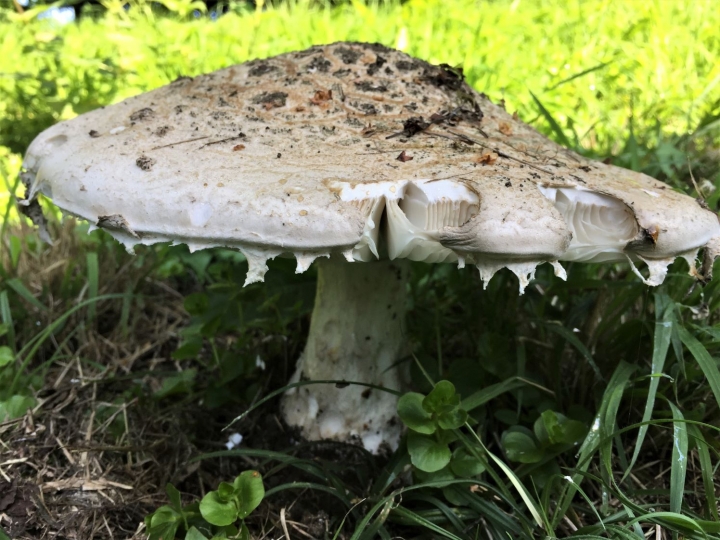
















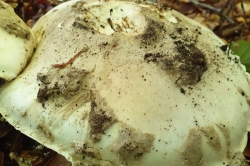
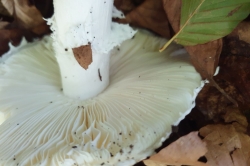
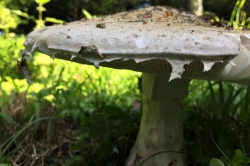
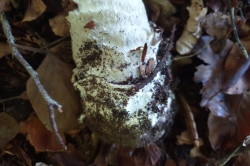
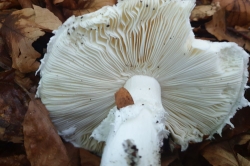
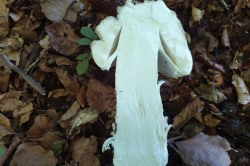
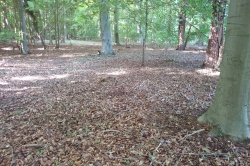
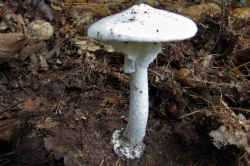



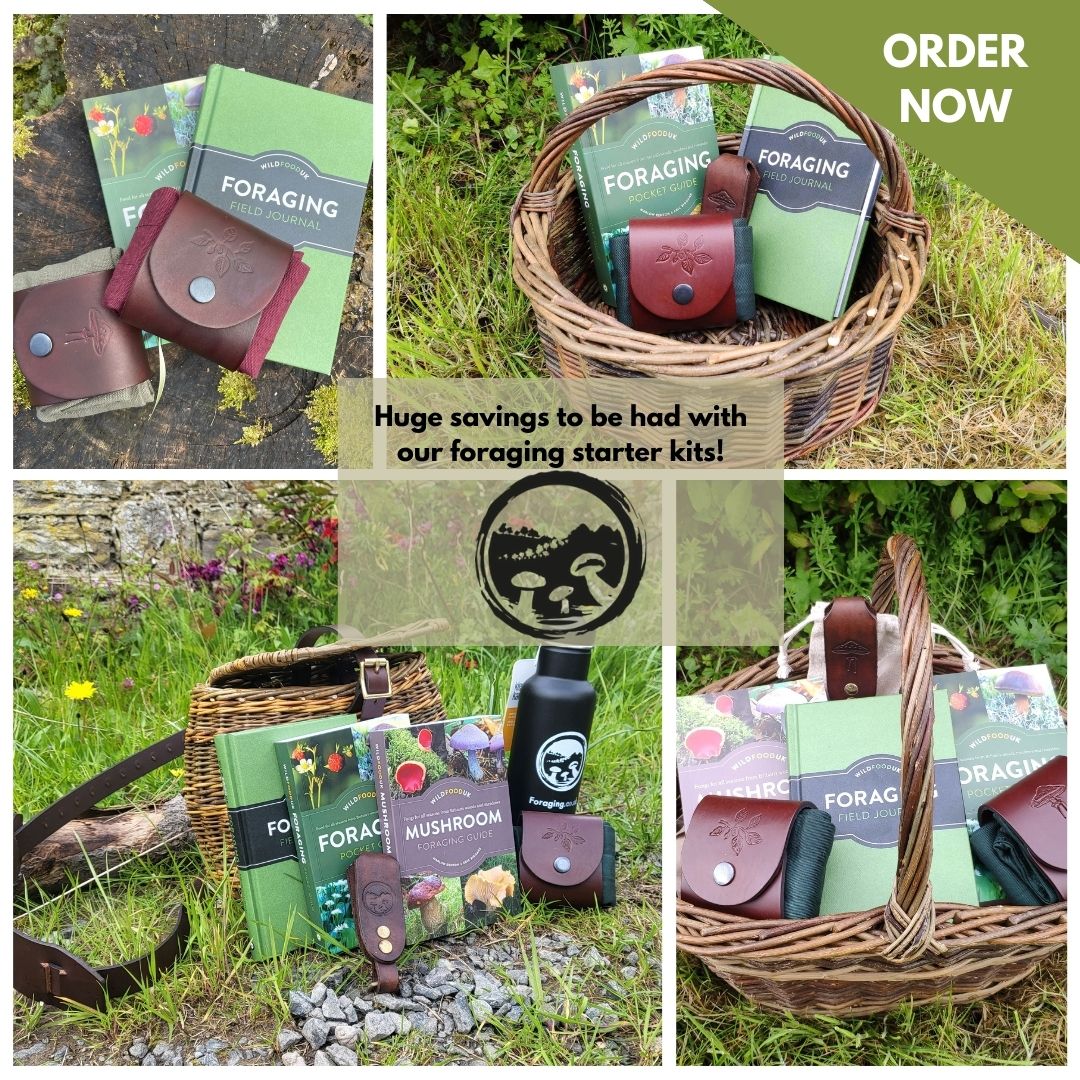

COMMENTS